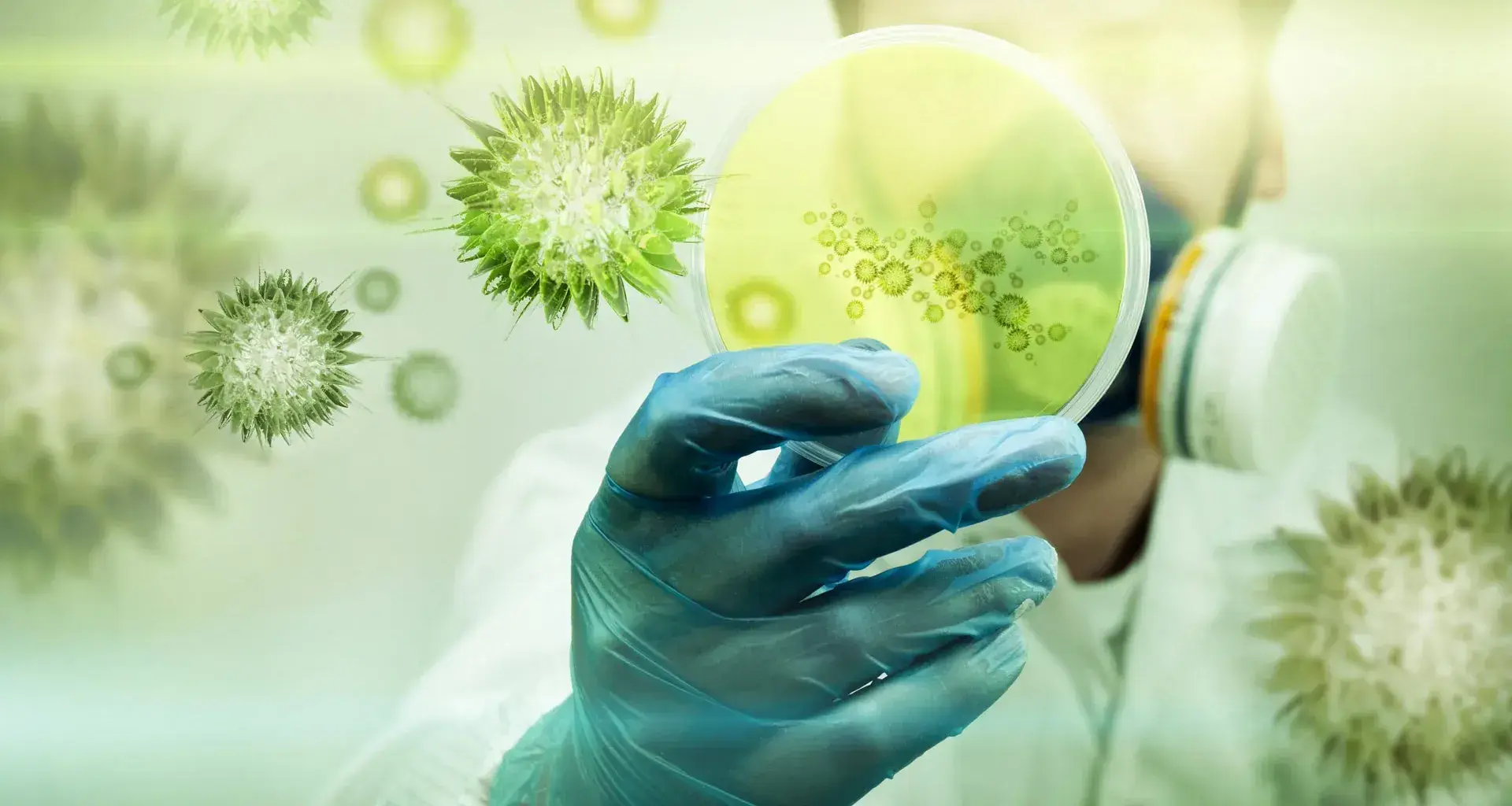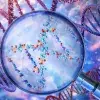On March 11, the World Health Organization declared a pandemic due the global spread of COVID-19, the disease caused by the SARS-CoV-2 coronavirus.
Here’s an alphabetical list compiled by CONECTA of relevant terms that are used by the health authorities:
A
Analytical Laboratory Framework: A list of current studies or decisions to which biological samples are subjected, with current national and international regulatory and academic support.
Antibiotic: A chemical substance capable of paralyzing the development of certain pathogenic microorganisms due to its bacteriostatic effect or killing them due to its bactericidal effect. These are not effective at treating viruses.
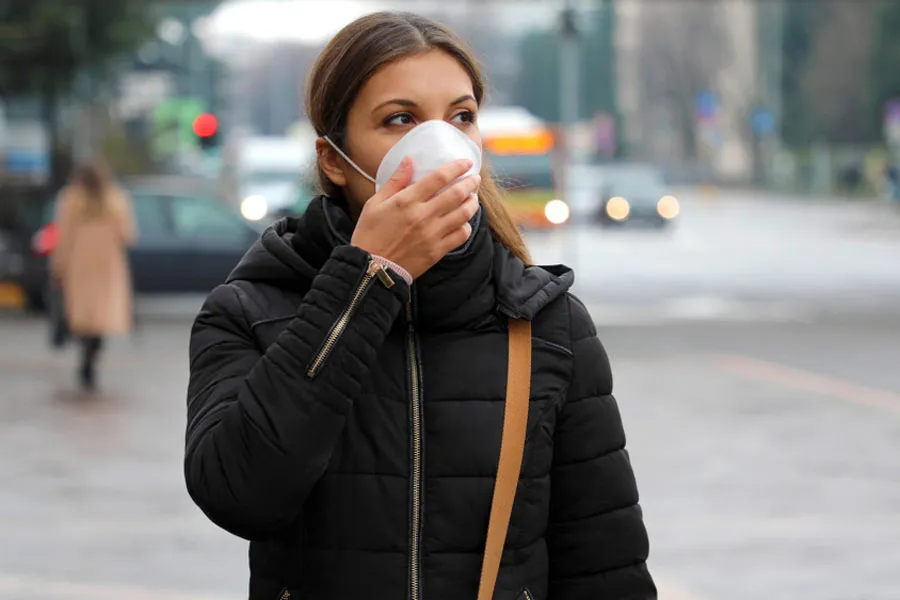
C
Case: An individual who is suspected, presumed, or confirmed to suffer from a disease or event of epidemiological interest.
Close contact: To be at a distance of 2 meters from cases or in a room or care unit with them for a prolonged period of time without using personal protection equipment (e.g. gowns, gloves, disposable N95 respirator, and eye protection). This may include looking after, living with, visiting, or sharing a medical waiting area or room with cases.
Confirmed case: A person who meets the operational definition of a suspected case who has a diagnosis confirmed by the National Network of Public Health Laboratories as recognized by the Institute of Epidemiological Diagnosis and Reference (Instituto de Diagnóstico y Referencia Epidemiológicos, InDre).
Contagion: The form in which the disease is transmitted due to contact with a pathogen. In the case of COVID-19, this is person to person through droplets from the nose or mouth that are expelled when someone infected coughs or exhales, or by touching objects or surfaces with droplets from someone infected and then touching your eyes, nose, or mouth.
You can also become infected if you inhale droplets that have been scattered when someone with COVID-19 coughs or exhales.
Control: The application of measures to reduce incidence and fatalities in cases of disease.
Coronavirus: A broad family of viruses that can cause diseases in both animals and humans. In humans, several types of coronavirus cause respiratory infections that may run from the common cold to more serious illnesses such as Middle East Respiratory Syndrome (MERS) and Severe Acute Respiratory Syndrome (SARS).
COVID-19: An infectious disease caused by the most recently discovered coronavirus. Both the new virus and the disease were unknown before the outbreak in Wuhan (China) in December 2019.

D
Disease: An alteration to health due a variety of causes. These may include pathogens, genetic alterations, or degenerative diseases.
E
Emerging Infectious Disease: A disease caused by a recently identified and previously unknown infectious agent that is capable of causing local, regional, or global public health problems.
Endemic: A disease that regularly occurs in certain regions is endemic.
Epidemic: If the number of cases of disease in a region exceeds the normal average rate (endemic), this is an epidemic.
Epidemiologic Case Study: A systematic investigation of the characteristics of a case and the epidemiological context in which this occurs.
Epidemiological Alert. Announcement of an epidemiological event that represents imminent harm to a population’s health and/or is of social significance, due to which it is necessary to carry out immediate and effective health measures in order to minimize or contain its occurrence.
Epidemiological Association: A situation in which two or more cases share epidemiological characteristics for time, place, and people.
Epidemiological Barrier: Actions performed by health and prevention authorities that are applied to the population in order to reduce or prevent the spread of viral diseases.
Epidemiological Emergency: The event of a new appearance or reappearance whose presence puts the population’s health at risk and whose size requires immediate action. An event whose size or significance requires action to be taken immediately.
Epidemiological Surveillance. The systematic, continuous, prompt, and reliable collection of relevant and necessary information on certain health conditions in the population.
Event: An occurrence of a certain duration associated with a risk to health.

F
Fatality: Rate used to refer to the number of deaths caused by a given disease in relation to the number of individuals affected by said disease.
Fever: A pathological phenomenon that manifests as a rise in normal body temperature and higher pulse and breathing rates.
Flu: A viral infection that chiefly affects the nose, throat, or bronchi. Its duration varies from a few days to a week and it may cause different symptoms such as the following: fever, muscle pain, headaches and general discomfort, a dry cough, a sore throat, or rhinitis.
I
Incubation Period: The time that elapses between infection by the virus and the appearance of symptoms of the disease. Most estimates regarding COVID-19 range from 1 to 14 days, with 5 days being the general rule.
Infectiousness: The capacity of an infectious agent to invade and multiply itself in a host’s tissues.
Influenza. A contagious respiratory disease caused by influenza viruses. It chiefly affects the nose, throat, bronchi, and occasionally the lungs. It is transmitted from person to person (the virus enters the body through the mouth, nose, and eyes) through droplets of saliva expelled when sneezing or coughing, as well as when shaking hands, kissing, or hugging someone with a respiratory infection.
M
Monitoring: A systematic process of supervision for evaluating and analyzing risks.
Morbidity: The number of people with a disease or the number of cases of a disease in relation to the population in which they occur in a given time and place. It is generally expressed as a rate.
Mortality: The number of deaths that have occurred due to a given disease in relation to the population in which they occur in a given time and place. It is generally expressed as a rate.
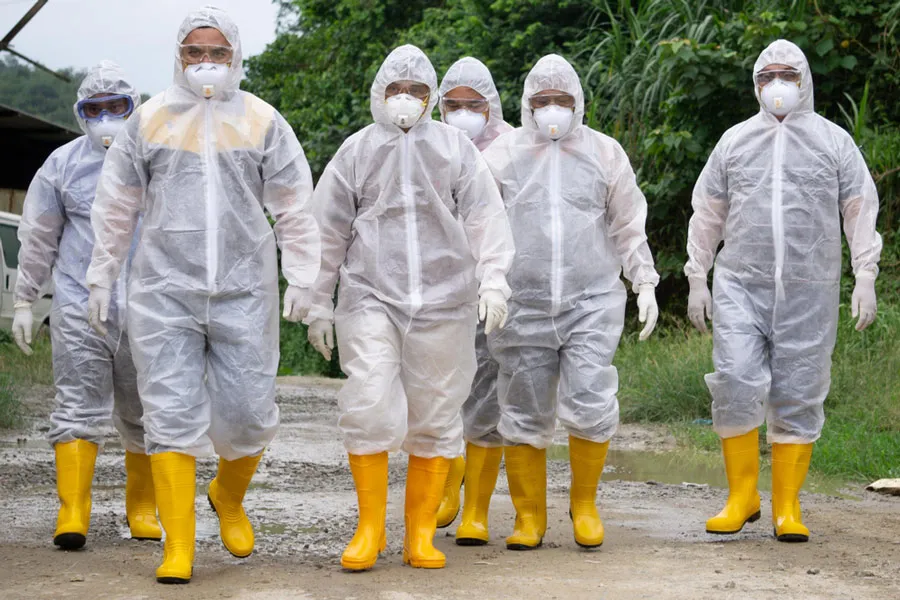
N
New case: Someone who is diagnosed with the disease for the first time.
Notification: The act of informing a higher level of the presence of conditions or events of epidemiological interest.
O
Outbreak: The occurrence of two or more cases epidemiologically associated with each other. The existence of one single case under supervision in an area where the condition did not previously exist is also considered an outbreak.
Outbreak Investigation: A systematic investigation of the epidemiological causes of an outbreak.
P
Pandemic: This is the expansion of an infectious disease throughout a very extensive geographical area, usually the entire world. A disease must be highly infectious, have a certain level of mortality, and able to spread easily from one geographical zone to another to be classified as a pandemic.
Pathogen: Microorganisms such as bacteria, viruses, parasites, or fungi, which can cause infectious diseases.
Pathogenicity: The ability of an infectious agent to cause a disease. This depends not only on the characteristics of the agent but also on those of the host.
PCR Test. Polymerase Chain Reaction (PCR) is a laboratory technique that enables the amplification of small fragments of DNA to identify the microscopic germs that cause diseases.
Probable case: Someone who meets the definition of a case and mentions contact with a confirmed case or comes from an area or territory in which there are cases of the disease.
Public Health Emergency of International Concern (PHEIC): An extraordinary event that constitutes a risk to the public health of other states due to the international spread of a disease, to which a coordinated international response could be required.
Q
Quarantine. The act of isolating or separating people who are believed to have been exposed to an infectious disease for a period of time to prevent or limit the risk of this disease spreading to people who have not been exposed.
R
Reemerging Infectious Disease: The reappearance and/or increase in number of infections by a known pathology that had previously been controlled or treated effectively.
Routes of contact. Parts through which a disease can spread, such as your hands when touching your nose or mouth, as you can transfer the virus from a surface to yourself.
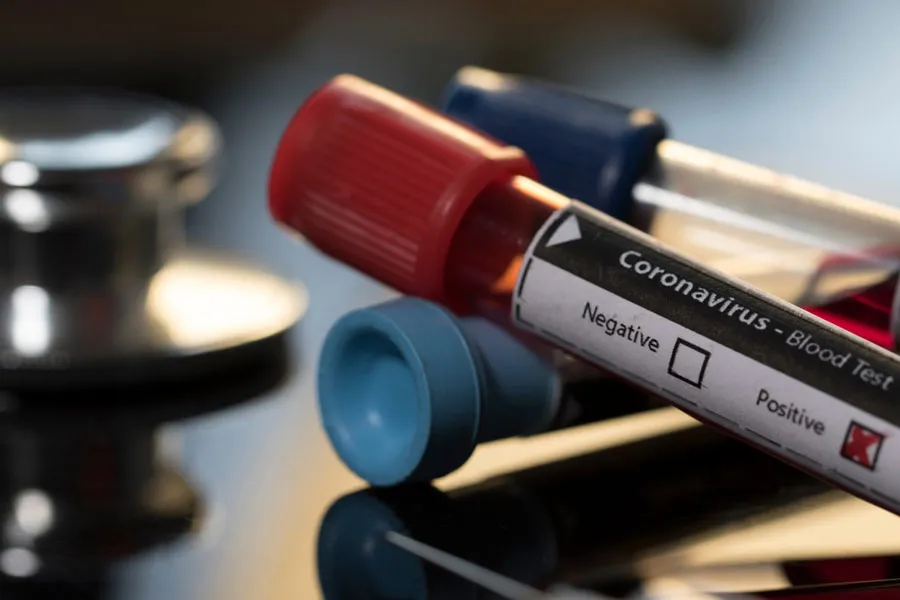
S
Strain: A group of related organisms, such as bacteria, fungi, or viruses, which are known to be related to each other.
Suspected case: Someone of any age who has displayed at least TWO of the following signs and symptoms in the last 7 days: coughing, fever, or headache*.
Accompanied by at least ONE of the following signs or symptoms:
- Dyspnea (shortness of breath) - a serious condition
- Arthralgia (joint pain)
- Myalgia (muscle pain)
- Odynophagia (painful swallowing)
- Rhinorrhea (nasal congestion or a stuffy nose)
- Conjunctivitis (irritation or inflammation of the eye’s external membrane)
- Thoracic pain (chest pain, in the front part between the neck and upper abdomen)
*Children under the age of 5 may be irritable rather than complain of a headache.
Symptom: A manifestation in the body that reveals the possible presence of a disease.
T
Transmissibility. The capacity of an infectious agent to spread from one host to another and cause a disease. This depends on its infectiousness, pathogenicity, and the frequency of contact maintained by the infectious host with susceptible subjects.
V
Vaccine: A vaccine is understood to be any preparation intended to create immunity against a disease by stimulating the production of antibodies.
Virus: A microorganism with a very simple structure composed of proteins and nucleic acids that is capable of reproducing only inside specific living cells by utilizing their metabolism.
Dr. Michel Fernando Martínez, head of the TecSalud Epidemiological Surveillance Unit, reminded us of the basic measures for preventing the spread of COVID-19.
“Constant hand-washing with soap and water for at least 40 to 60 seconds or using alcohol-based antibacterial gel with 70% alcohol; covering your mouth with the crook of your arm or a handkerchief when coughing; and touching your face as little as possible.
“We’re all responsible for our health, so I urge you to follow the basic preventive measures to prevent the rapid spread of COVID-19,” he added.
Sources: National Public Health Institute / Ministry of Health / TecSalud / RAE
READ ALSO:

